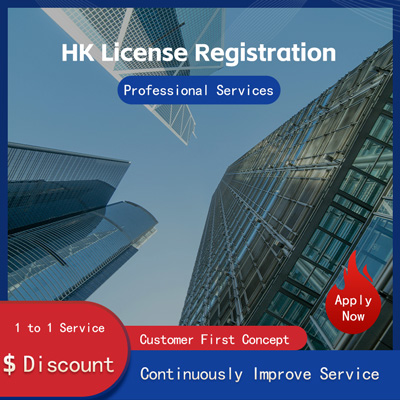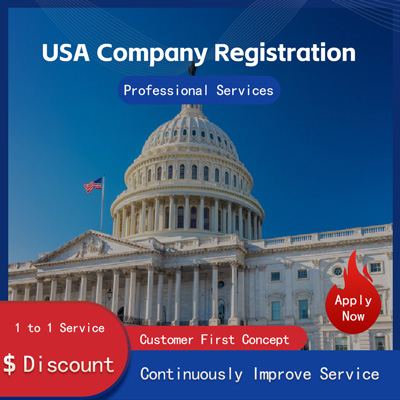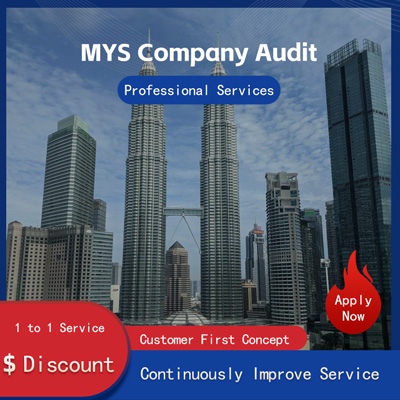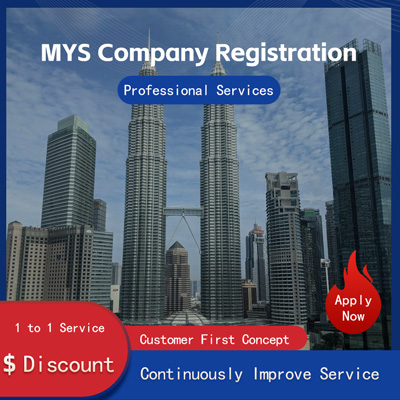
Analysis of Seven Principles in Warehouse Management
7 Major Principles for Warehouse Planning
As enterprises grow in scale and expand their operations, warehouse planning becomes increasingly important. A reasonable warehouse plan can not only improve operational efficiency and reduce costs but also enhance warehouse safety and stability. This article will introduce the 7 major principles that must be followed in warehouse planning to help you better plan and manage your warehouse.

1. Principle of Holism
When planning a warehouse, it is necessary to consider the entire logistics process of the enterprise, including procurement, production, sales, etc., to ensure coordination and cooperation between the warehouse and other departments. The principle of holism requires us to focus on the operation of the entire supply chain from a global perspective, and reasonably plan the layout and equipment configuration of the warehouse.
2. Principle of Standardization
The principle of standardization refers to formulating unified standards and norms for goods, equipment, personnel, etc., in warehouse management. This helps improve work efficiency and management level, reducing the impact of human factors on warehouse operations. At the same time, standardization can also reduce maintenance costs, increase the lifespan and reliability of equipment.
3. First-In-First-Out FIFO and Last-In-First-Out LIFO Principles
In warehouse management, the FIFO and LIFO principles are very important. The former means that goods that enter the warehouse first are prioritized for outbound delivery, while the latter means that goods that enter the warehouse later are prioritized for outbound delivery. Adhering to these two principles can ensure the stability and continuity of inventory, avoiding the accumulation and expiration of goods.
4. Storage Area Division Principle
To improve the operational efficiency and management level of the warehouse, it is necessary to reasonably divide and plan the storage area. Based on factors such as the nature, quantity, and importance of the goods, the storage area should be divided into different zones, such as hazardous materials zone, fragile items zone, refrigerated zone, etc., and corresponding signs and safety measures should be set up.
5. Goods Placement Principle
In the warehouse, the way goods are placed has a direct impact on work efficiency and cost. A reasonable placement method should follow the following principles first, classify and store goods according to their nature, quantity, and importance; second, follow the five-fives principle, i.e., the number of goods on each shelf layer should remain balanced; third, follow the three-consistency principle, i.e., the shelf label, goods label, and goods name should be consistent; fourth, follow the four-light principle, i.e., handle gently, move gently, unload gently, and transport gently.
6. Logistics Path Optimization Principle
Optimizing the logistics path is an important part of warehouse planning. A reasonable logistics path should follow the following principles first, avoid repeated and intersecting routes; second, reduce unnecessary stops and detours; third, shorten the logistics path to improve logistics efficiency; fourth, consider the flow and volume of goods, and reasonably allocate manpower and equipment resources.
7. Dynamic Adjustment Principle
Warehouse planning is not static and needs to be dynamically adjusted according to business development and market changes. During the planning process, there should be certain leeway and flexibility to respond promptly to market changes and changes in business needs. At the same time, regular evaluation and optimization of the warehouse are also very important.
In conclusion, warehouse planning must adhere to the above seven major principles, including the principle of holism, the principle of standardization, the FIFO and LIFO principles, the storage area division principle, the goods placement principle, the logistics path optimization principle, and the dynamic adjustment principle. Only by adhering to these principles can we better plan and manage warehouses, improve operational efficiency, reduce costs, and enhance safety and stability.
Helpful (0)
No help (0)
Still have questions after reading? More than 98,000 users have contacted us. Please fill in the following information to obtain business information.

Previous Article
Comparison Between Imported and Exported Goods and Inbound and Outbound Articles
Jun 18, 2025Next Article
How to Import Baby Formula and Complete Customs Clearance All You Need to Know About HS Codes!
Jun 18, 2025Service Scope
MoreRecommended for You
- Overseas Influencer Blacklist Lookup Guide 2 Tools to Help You Avoid Risks
- What Is TK123? The Must-Have Tool for TikTok Sellers
- How to Use Facebook Dynamic Ads Campaigns? A Guide to Creating Dynamic Ads
- Optimizing Sales Strategies for the Back-to-School Season in Overseas Student Markets
- Japan E-commerce Market Analysis and Keyword Research Tool Recommendations
- What Is the Amazon High Return Rate Tag? How to Avoid Being Tagged?
- Amazon Marketing Platform Levanta Analysis
- Amazon Low-Price Store Product Search Guide
- A Comparative Analysis of KOLs and KOCs in Overseas Influencer Marketing
- How Can MercadoLibre Sellers Achieve Explosive Sales Growth?
- Top 10 eBay Data Analysis Tools Recommended
- Common Japanese Search Engines Abbreviated List
- Ozon Russia E-commerce Platform Entry Requirements Analysis
- How to Run Google Shopping Ads for Independent Websites? Detailed Step-by-Step Analysis
- The Future of Amazon Prime Day 2025 Amazon Sale Event Dates
- 2025 LinkedIn Ads Guide Full Process Analysis Optimization Tips
- Etsy Platform Intro, Seller Onboarding Fee Breakdown
- Process for Establishing a Local Mexican Store on Mercado Libre Mexico
- How to Apply EU Rep Label?
- EU GPSR Overview and Its Impact on Exporting Goods to the EU


 ONE
ONE








Customer Reviews
Small *** Table
December 12, 2024The experience was very good. I was still struggling to compare it with other companies. I went to the site a few days ago and wanted to implement it as soon as possible. I didn't expect that everything exceeded my expectations. The company is very large, with several hundred square meters. The employees are also dedicated and responsible. There is also a wall of certificates. I placed an order on the spot. It turned out that I did not make a wrong choice. The company's service attitude is very good and professional. The person who contacted me explained various things in detail in advance. After placing the order, the follow-up was also very timely, and they took the initiative to report the progress to me. In short, I am very satisfied and recommend this company!
Lin *** e
December 18, 2024When I first consulted customer service, they recommended an agent to me. They were very professional and patient and provided excellent service. They answered my questions as they came in. This 2-to-1 service model is very thoughtful. I had a lot of questions that I didn’t understand, and it’s not easy to register a company in Hong Kong. Fortunately, I have you.
t *** 7
December 19, 2024I originally thought that they only did mainland business, but I didn’t expect that they had been doing Hong Kong business and were doing very well. After the on-site interview, I decided to ask them to arrange the registration of my Hong Kong company. They helped me complete it very quickly and provided all the necessary information. The efficiency was awesome. It turns out that professional things should be done by professionals.👍
b *** 5
December 16, 2024In order to register a company in Hong Kong, I compared many platforms and stores and finally chose this store. The merchant said that they have been operating offline for more than 10 years and are indeed an old team of corporate services. The efficiency is first-class, and the customer service is also very professional.